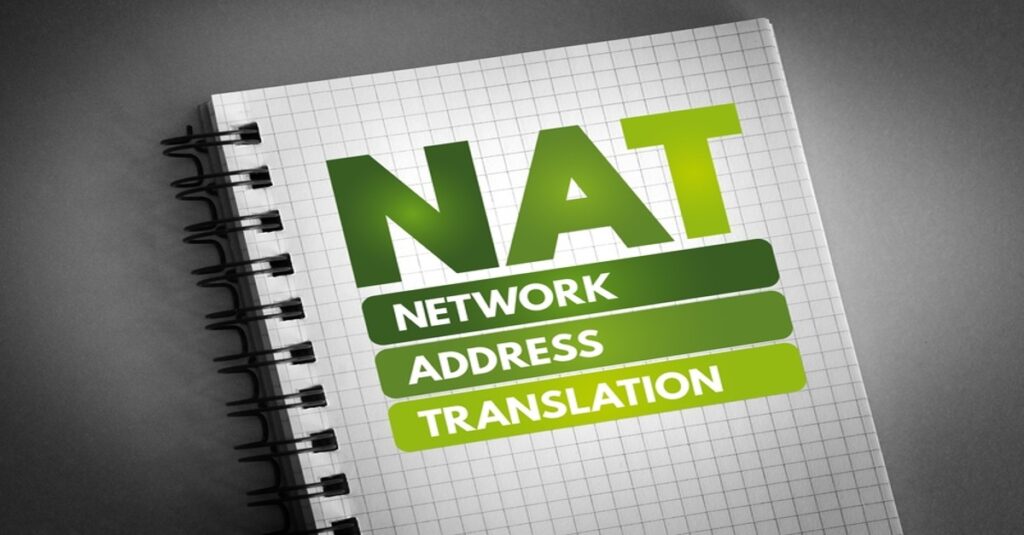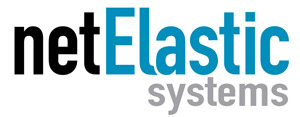In networking, the acronyms NAT and CGNAT are commonly used terms that refer to two different types of IP address translation. While NAT (Network Address Translation) has been around for decades and is widely used in home and small business networks, CGNAT (Carrier-Grade NAT) is a more advanced technology.
But what exactly are the differences between these two technologies? This blog will explore the fundamental differences between NAT and CGNAT.
The Objective of Network Address Translation
The primary objective of NAT is to allow multiple devices on a home or small business network to access the internet through a single IP address. Before the widespread adoption of NAT, every device required a unique public IP address to access the internet. This was a significant limitation on the growth of the internet, as it required the allocation of large numbers of public IP addresses to individual devices.
To remedy this, NAT allows a single public IP address to be shared across multiple devices on a local network, making it possible for many more devices to access the internet using a smaller number of public IP addresses. This has been crucial to the expansion of the internet and the proliferation of connected devices in recent years.
How NAT Works

NAT translates the private IP addresses of devices on a local network into a single public IP address that can be used to access the internet. When a device on the local network sends a request to the internet, the NAT device replaces the private IP address of the requesting device with the public IP address of the NAT device.
The NAT device then keeps track of the request and the private IP address of the requesting device so that when a response is received from the internet, it can be translated back to the original private IP address of the requesting device and sent to the appropriate device on the local network.
This process allows devices on the local network to communicate with devices on the internet without requiring each device to have a unique public IP address. Instead, all devices on the local network can share the same public IP address.
What is Carrier-Grade NAT (CGNAT)?
Carrier-grade NAT (also known as large-scale NAT or LSN) is a version of NAT used by broadband providers to provide internet access to their subscribers. Today, more and more broadband providers are deploying CGNAT. Why? Because of IPv4 exhaustion.
As service providers sign up more internet subscribers, the depletion of IPv4 addresses has become a major challenge. IPv4 had approximately 4.3 billion unique addresses when it was created, which seemed more than enough back then. However, those addresses were quickly used up due to the exponential growth of the internet’s users and devices.
IPv4 address exhaustion led to the development of IPv6, which provides an almost limitless pool of unique IP addresses. However, IPv6 isn’t backward compatible with IPv4. The slow adoption of IPv6 means many devices and networks still operate with IPv4.
CGNAT helps minimize these challenges by enabling multiple customers to share a single public IPv4 address. This reduces the need to buy additional IPv4 addresses continually. As a result, service providers can conserve public IPv4 addresses and extend the life of their IPv4 address space.
CGNAT also allows ISPs to offer internet service to more customers than possible with public IPv4 addresses alone. As the demand for public IPv4 addresses grows, CGNAT will likely become an even more important technology for ISPs, particularly for lower-cost residential plans.

The Differences Between NAT and Carrier-Grade NAT
NAT is used in home and small business networks to enable multiple devices to access the internet through a single IP address. At the same time, CGNAT extends this capability to a much larger scale, allowing multiple customers to share a single public IP address.
CGNAT also delivers greater performance than basic NAT since CGNAT solutions can support millions of simultaneous network connections. CGNAT also provides control and configuration options to support different scenarios faced in carrier networks.
Another difference between NAT and CGNAT is logging. Today, most law enforcement agencies require internet service providers (ISPs) to turn over the IP address associated with suspected criminal activity and to do so quickly. As a result, CGNAT logging has become a crucial tool to help ISPs comply with law enforcement agency (LEA) subpoenas and court-ordered records requests.
An Affordable CGNAT
netElastic CGNAT was developed as an alternative to legacy, costly CGNAT products. Traditional CGNAT solutions run on expensive proprietary hardware. In contrast, netElastic CGNAT runs on commodity x86 servers. As a result, broadband providers have saved up to 80% by switching to netElastic.
netElastic’s high-performance virtual router technology is at the heart of its CGNAT, including a scalable software architecture that delivers high translation performance. Using DPDK and advanced packet processing, netElastic CGNAT can achieve near line-rate throughput on 10G, 25G, 40G, and 100G interfaces. It’s also highly scalable (scales by cores) and can deliver performance as high as 1 Terabit per server.
For service providers looking for an economical CGNAT, netElastic delivers unparalleled value with industry-leading price/performance. To learn more, please read the white paper: Can Implementing CGNAT be Easy and Affordable?

